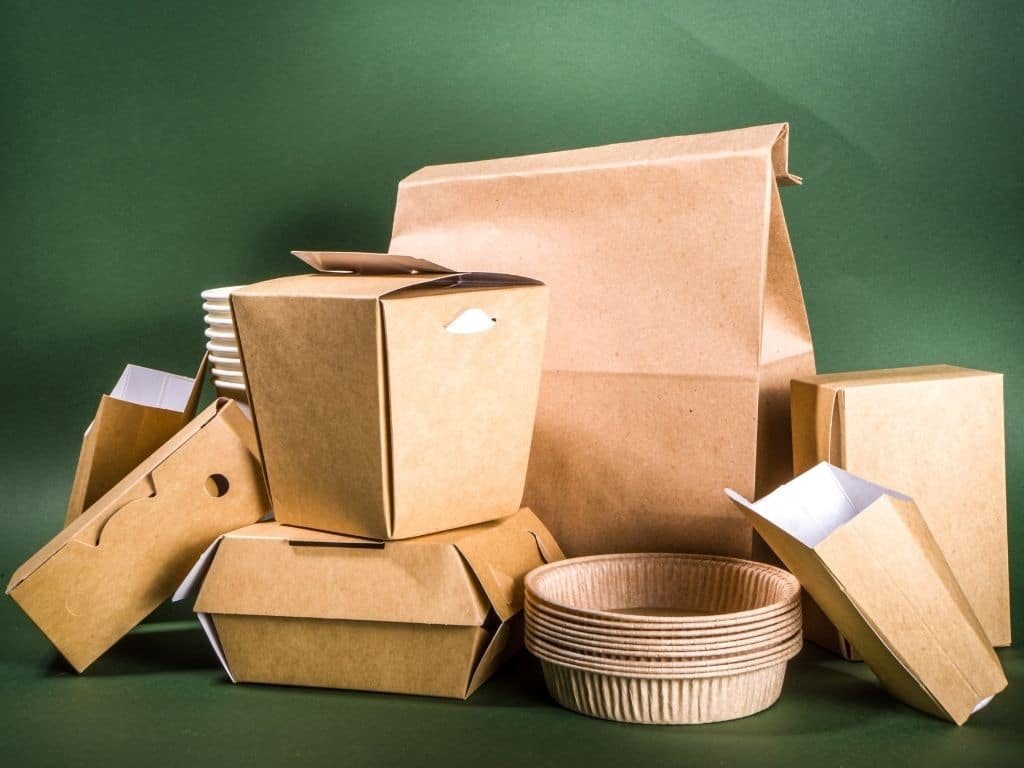In today's environmentally conscious world, the demand for sustainable alternatives to traditional products is on the rise. When it comes to packaging and disposable items, compostable and biodegradable materials have gained significant attention. But which is better? In this article, we will delve into the intricacies of compostable and biodegradable materials, exploring their differences, benefits, and environmental impact. By the end, you'll have a clear understanding of which option aligns best with your sustainability goals.
- Understanding Compostable Materials:
Compostable materials refer to those that can break down into natural elements within a specific timeframe, under specific conditions. These materials are typically derived from renewable resources such as plant-based polymers or organic waste. Composting these materials creates nutrient-rich soil, promoting a circular economy. However, it's crucial to note that not all compostable materials are suitable for home composting, as they require specific conditions like temperature and moisture levels. - Unveiling Biodegradable Materials:
Biodegradable materials, on the other hand, are capable of breaking down naturally over time, thanks to the action of microorganisms. Unlike compostable materials, biodegradation can occur in various environments, including landfills and oceans. However, the timeframe for biodegradation can vary significantly, ranging from months to years, depending on the material and conditions. It's important to consider the specific disposal method for biodegradable products to ensure they reach the appropriate environment for degradation. - Environmental Impact:
When comparing compostable and biodegradable materials, it's essential to assess their environmental impact comprehensively. Compostable materials, when properly composted, contribute to the reduction of greenhouse gas emissions and landfill waste. They also help regenerate soil and conserve water resources. However, if compostable materials end up in regular waste streams or landfills, they may not break down efficiently, potentially causing more harm than good.
Biodegradable materials, while offering flexibility in disposal options, can have varying degrees of environmental impact. Some biodegradable materials, like certain plastics, may leave behind microplastics during degradation, posing risks to ecosystems and wildlife. It's crucial to choose biodegradable materials that undergo complete degradation without leaving harmful residues.
- Making the Right Choice:
To determine which option is better, one must consider the specific application and disposal method. Compostable materials are ideal for situations where controlled composting facilities are available, ensuring proper degradation and nutrient recycling. They are commonly used in food packaging and disposable tableware.
Biodegradable materials, with their ability to break down in various environments, are suitable for applications where controlled composting is not feasible. They are often used in single-use plastics, agricultural films, and other products that may end up in landfills or natural environments.
Conclusion:
In the quest for sustainable solutions, both compostable and biodegradable materials play significant roles. Compostable materials excel in controlled composting environments, promoting nutrient recycling and reducing waste. Biodegradable materials offer flexibility in disposal options but require careful consideration to ensure complete degradation without harmful residues. Ultimately, the choice between compostable and biodegradable materials depends on the specific application, disposal method, and desired environmental impact. By making informed decisions, we can contribute to a greener and more sustainable future.





More Stories
Mechanisms of Damping Deadening Rubber Sheets: How They Reduce Vibration and Noise
How SMC Is Manufactured: Process, Materials, and Quality Control
Customizable Logo Pulp Boxes in Kraft and White for Sustainable Food Packaging Solutions